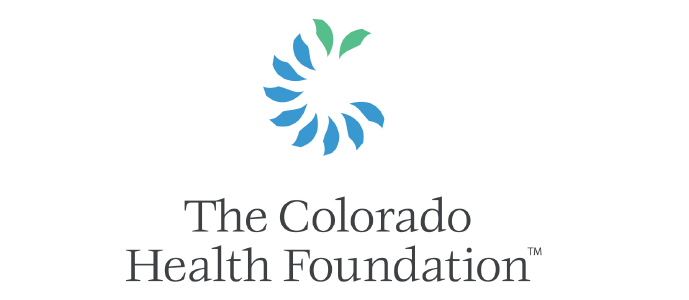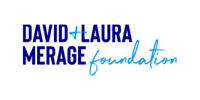The following is a reflection on an episode of the the Emmy® Award-winning TV show Articulate hosted by Jim Cotter. It also weaves in RedLine’s 2019 theme of D | Vision, a series of exhibitions that will explore the relationship between social, cultural or political division and artistic vision.
Heidi Latsky, who was recently featured on Articulate episode called “Dance-able,”began her professional dance career at an old age: 19. Though this number seems strange, to bar someone so young in the eyes of many, in dance it marks a degree where a divide exists between the mind and body. Dancers are unique in their practice, as they consistently work to transcend the separation we perceive between our mind/body- working tirelessly to assume a unity between the two. Her age did not deter her from crossing this divide; working with rigor and intention, Latsky progressed to become a principal dancer with Bill T. Jones/Arnie Zane Dance Company (1987-1993). Eventually in 2001, Latsky began her own company Heidi Latsky Dance (HLD).
“This is not a pity party. This is not sentimental. I work with people because I find them exquisite, inside and out.”
It was 2006 that the mission for HLD manifested, collaborating with the late performance artist Lisa Bufano. No fingers and no legs below the knees, Bufano displayed a unique combination of ferocity and vulnerability. Bufano’s performances risked the truth surrounding the spectacle of bodies with disabilities, combining choreography, sculpture, and animation. The collaboration between Latsky and Bufano influenced the former to create a company within the movement of “physically-integrated dance,” a form of artistic production that highlights and celebrates bodies with disabilities.
Image Still from On Display TIMESTAMPed, photo by Charlotte Jones & Amro Arida
Embracing the divide between bodies in public spaces, Latsky says: “I work with people because I find them exquisite, inside and out.” It is within this space that Latsky, in conversation with her dancers, produces works that examine how bodies are displayed, the differences that arise, and how beauty can transcend the limitations we place on others- and ourselves. Latsky reflects on creating experiences that change societal assumptions on disabled bodies, creating unity between others’ mind/bodies. Through this work, one begins to recognize the divisions creates on our own bodies, extrapolating these assumption onto those experiencing disability. When one can dance along this division, creating unity between bodies, beauty suddenly becomes a more virtuous pursuit.
For more information on Heidi Latsky and Heidi Latsky Dance, go to: http://heidilatskydance.org/






